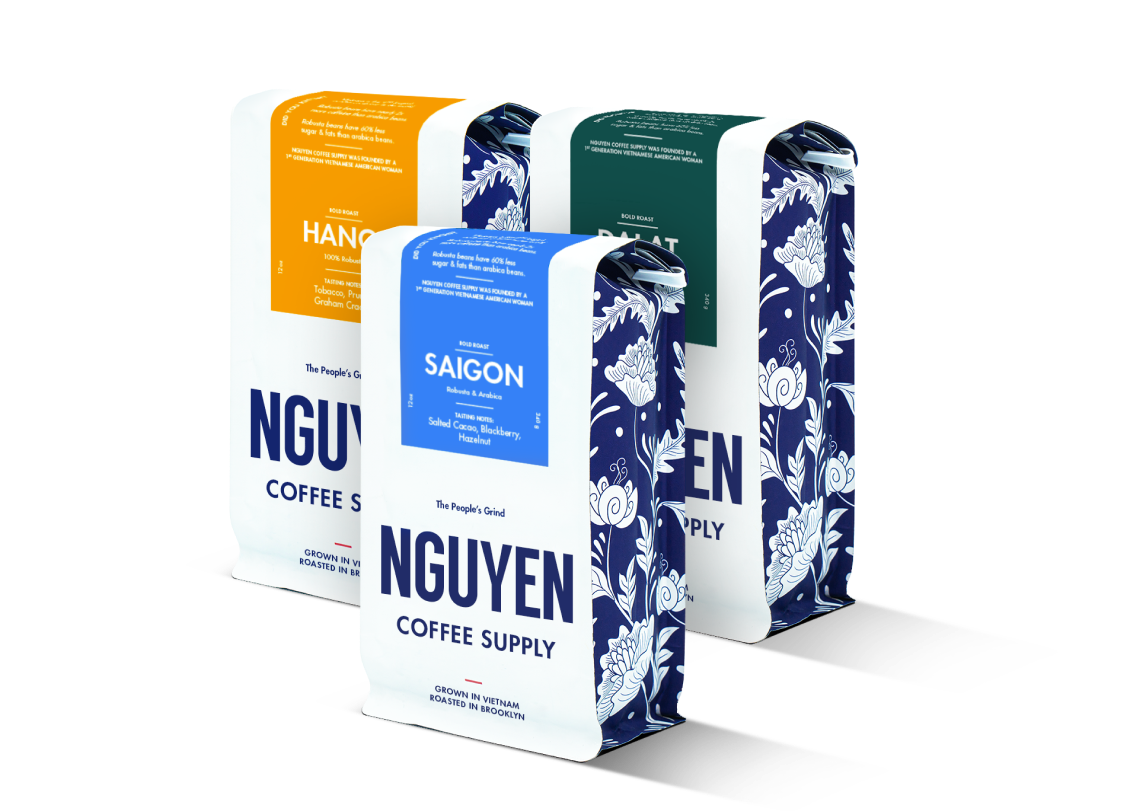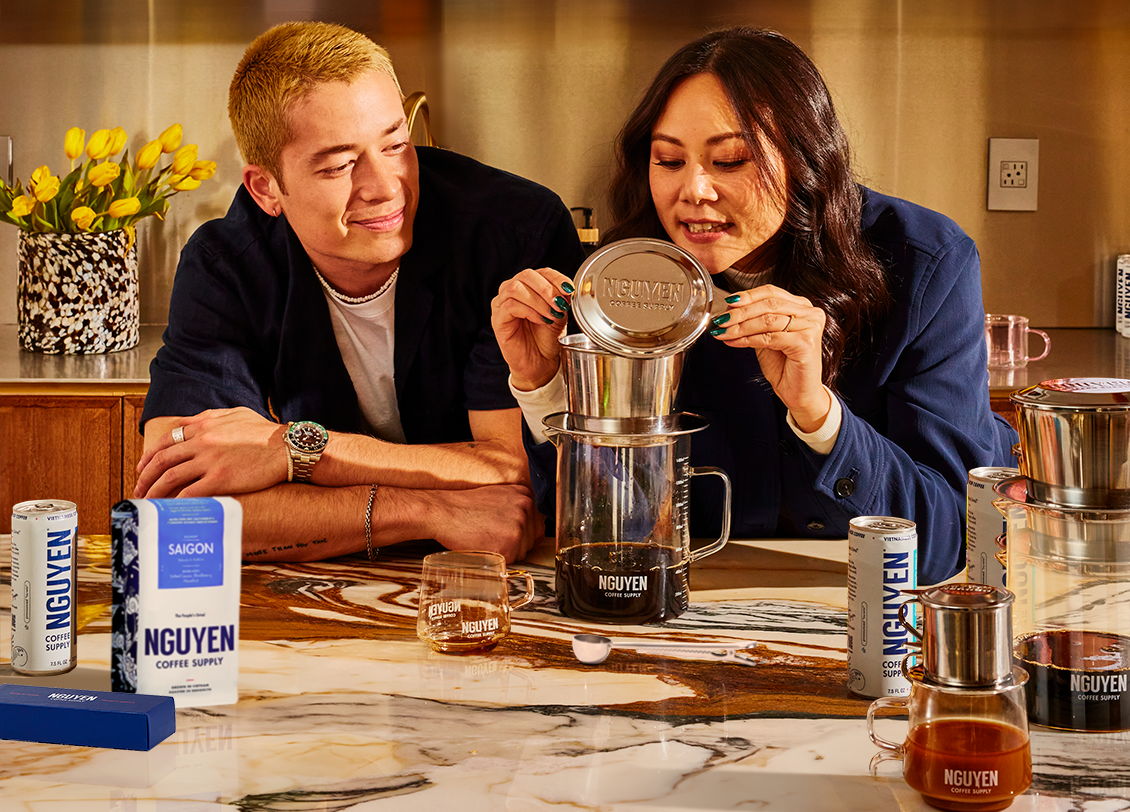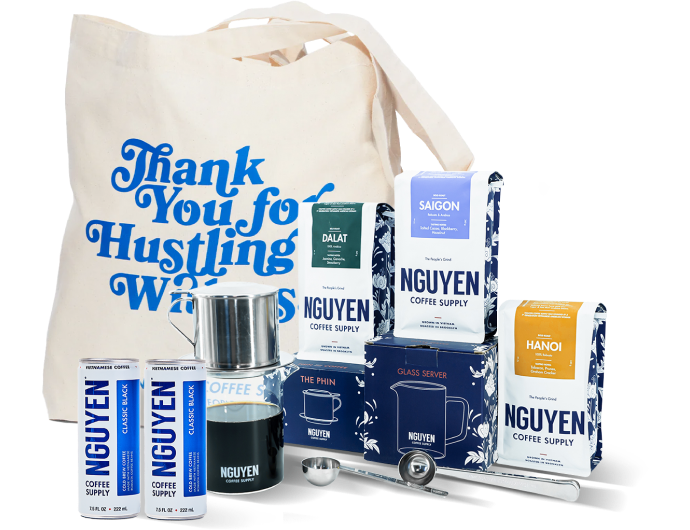

- FEATURED ON IMBIBE

Create for yourself or as a gift for your loved ones
Subscribe nowMe and mom just enjoyed the Nguyen phin drip experience. Wow. Proud of your work. We without hesitation enjoy the Vietnamese coffee and recommend your products. Thank-you to the Nguyen staff and tradition. From Canada eh!

Weasel coffee — also known as civet coffee or kopi luwak — is coffee produced using the partially digested coffee cherries that are eaten by Asian palm civets and harvested from their poop. The cherries are fermented as they pass through a civet's intestines, and undergo chemical processes that affect the resulting bean. While this might sound a little out-of-the-box, civet coffee (and elephant coffee, which involves the same production process, just with elephants) is some of the most expensive coffee in the world — and for good reason.
Research indicates that while civets and elephants digest the coffee cherries, the enzymes in their stomachs actually break down proteins in the coffee. And, since protein is one of the main elements that causes bitterness in coffee, you end up with a final cup that gives off little to no bitterness in the tasting notes or aromas. Additionally, civets refine coffee beans by way of selection — civets choose to eat only certain coffee cherries, weeding out ones they don’t like.
“Both elephant coffee and weasel coffee have unique tastes,” Nguyen Coffee Supply founder Sahra Nguyen explained. “But let's get one thing clear — none of them taste like poop!”
In terms of the tastes of civet coffee and elephant coffee, Sahra said that elephants eating a diet of only grass and robusta coffee cherries produce a finished product that brews a cup with coconut and pandan notes, that has a nutty hint of sweetness and a bold, whole coffee cherry aroma. She also mentioned that the coffee from elephants that only eat grass and arabica coffee beans was sweeter, but not as distinct. (Good thing Vietnam is the world’s number one producer of robusta coffee beans.)
Weasel coffee, Sahra said, had a slightly different taste a flavor profile, but was similar to the grass and arabica elephant coffee, except for its mouthfeel, which was smooth and creamy.
“Personally, I think the whole process and backstory is cool and unique,” Sahra said. “But really, it doesn’t matter what I think — or what anyone else thinks. Civet coffee is a part of southeast Asian coffee culture, and it’s crucial that we take into account a larger cultural context when dealing with the arbitrary value systems we place on consumer goods and production methods. You have to keep an open mind and remember that you only think unfamiliar practices are strange because you’ve been socially conditioned to think that way.” Sahra also explained that unlearning these unconscious biases and rewiring your brain to think past traditional value systems is a constant process of learning and growing.
––
Learn why you’ll love brewing coffee with a Vietnamese phin filter here.
Learn how to brew Vietnamese coffee here.